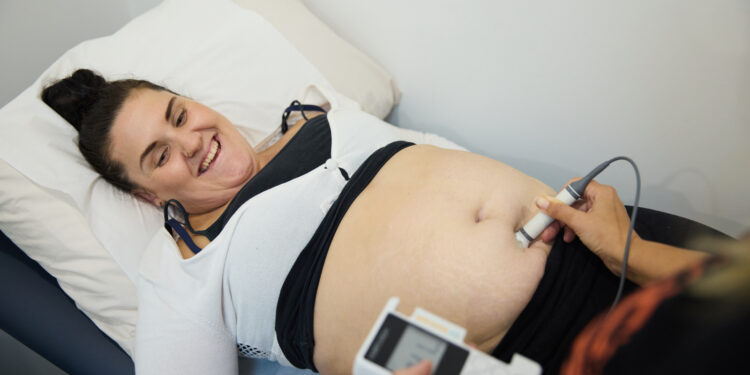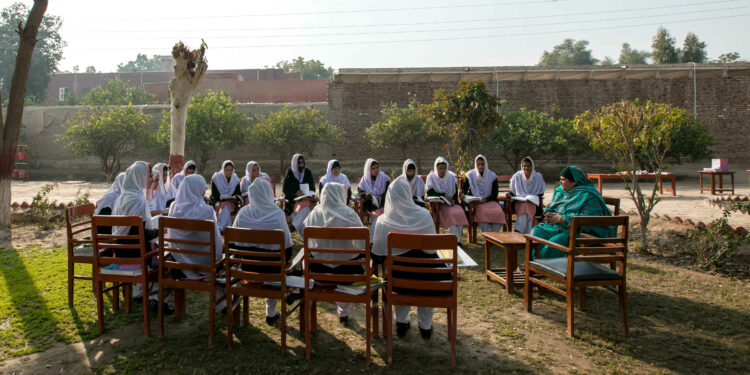Obstetric Fistula

Background
Obstetric fistula, a complication of obstructed and/or prolonged labour, is a public-health problem which disproportionally affects women who are most vulnerable due to poverty, limited education possibilities, and lack of access to family planning and reproductive health services. Limited knowledge of health professionals including midwives on prevention and management of prolonged and or obstructed labour increases this risk. It is one of the most neglected morbidities of childbirth, even though it has the greatest adverse impact on women, families and society (1).
Obstetric fistula has severe medical, psychosocial and economic consequences (2). Women who experience this preventable condition suffer constant urinary and or fecal incontinence which often leads to skin infections, kidney disorders, offensive body odor and even death if left untreated. The baby may be stillborn due to obstructed and/or prolonged labour, and socially the woman may be excluded or abandoned by her husband and/or family due to the incontinence; this in turn leads to financial deprivation.
It is estimated that more than 2 million women live with untreated obstetric fistula throughout the world. Countries where it is most common are essentially those of Africa, South Asia and the Middle East. In West Africa, the incidence is estimated at 4 cases per 1 000 births. The incidence is estimated at 50,000 – 100,000 new cases per year (3). However, treatment capacity is limited to approximately 6,000 to 7,000 women per year (4).
Research has shown that skilled midwifery care at birth, including appropriate emergency obstetric care, is pivotal to the elimination of obstetric fistula (5).
Long term solutions include ensuring that women and their communities have access to effective health facilities, sufficient human resources for maternity care and access to family planning services. Preventing and managing obstetric fistula will contribute to improved maternal health outcomes.
Position
ICM underlines the importance of availability and access to quality maternity care for all pregnant women to help prevent and manage obstetric fistula to improve maternal health outcomes. ICM stresses the right of every woman to seek the best care for herself and her newborn.
ICM promotes the education and continuous professional development of every midwife to develop the competencies needed for the primary prevention and appropriate management of women affected by obstetric fistula.
ICM believes that obstetric fistula can be combated at community, national, regional and global level only with the full involvement of midwives who:
- Provide skilled midwifery care, particularly prenatal, perinatal and postnatal care • Provide health education, explaining the risk factors for obstetric fistula.
- Promote the use of health and maternity services by women, their families and communities
- Provide extended reproductive health services such as family planning
Recommendations
Member Associations are urged to:
- Advocate for healthcare systems which provide accessible, quality maternal health care, including family planning, skilled care at birth, basic and comprehensive emergency obstetric care, and affordable treatment of obstetric fistula.
- Ensure that midwifery education includes modules aimed at prevention and clinical screening for obstetric fistula.
- Contribute to the design of advocacy tools on behalf of political authorities, opinion leaders and elected representatives.
- Contribute to the development and dissemination of policies, protocols of practice which prevent obstetric fistula.
- Contribute to education of communities and families regarding prevention of obstetric fistula.
Related ICM Documentation
Related Other Documentation
- FIGO. 2010. Website Fistula Initiative. http://www.figo.org/projects/fistula_video
- Lewis Wall, L. 2006. Obstetric vesicovaginal fistula as an international public-health problem. The Lancet. Vol 368 pp. 1201-09
- Royal College of Midwives. 2010. Obstetric Fistula. A fact sheet.
- UN General Assembly. 2016. Intensifying efforts to end obstetric fistula. Report of the Secretary General. Seventy-first session, item 29 of the provisional agenda Advancement of Women. http://www.endfistula.org/sites/endfistula.org/files/pub-pdf/UNGA71%20- %20Intensifying%20Efforts%20to%20End%20Obstetric%20Fistula%20A-71-306.pdf [accessed 18 November 2016]
- UNFPA. 2009. The Maternal Health Thematic Fund Annual Report 2009. Campaign to End Fistula.
- UNFPA. 2009. Factsheet Obstetric Fistula. When pregnancy harms.
- UNFPA. Website http://www.endfistula.org
- WHO. 2010. 10 Facts on Obstetric Fistula http://www.who.int/features/factfiles/obstetric_fistula/facts/en/index.html
- WHO. 2006. Obstetric Fistula: Guiding principles for clinical management and programme development http://whqlibdoc.who.int/publications/2006/9241593679_eng.pdf
Adopted at Durban International Council meeting, 2011
Revised at Toronto International Council meeting, 2017
Due for review, 2023
PS2011_014 V2017


